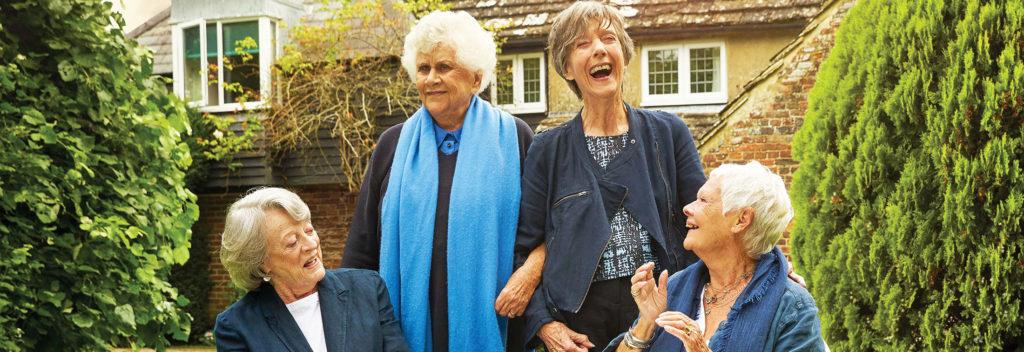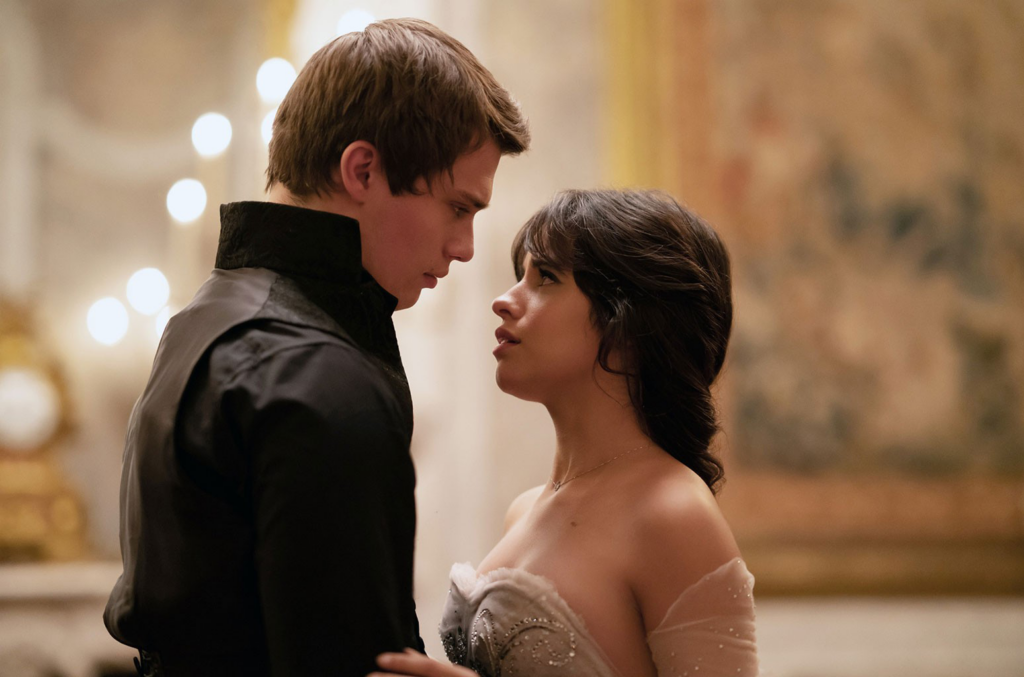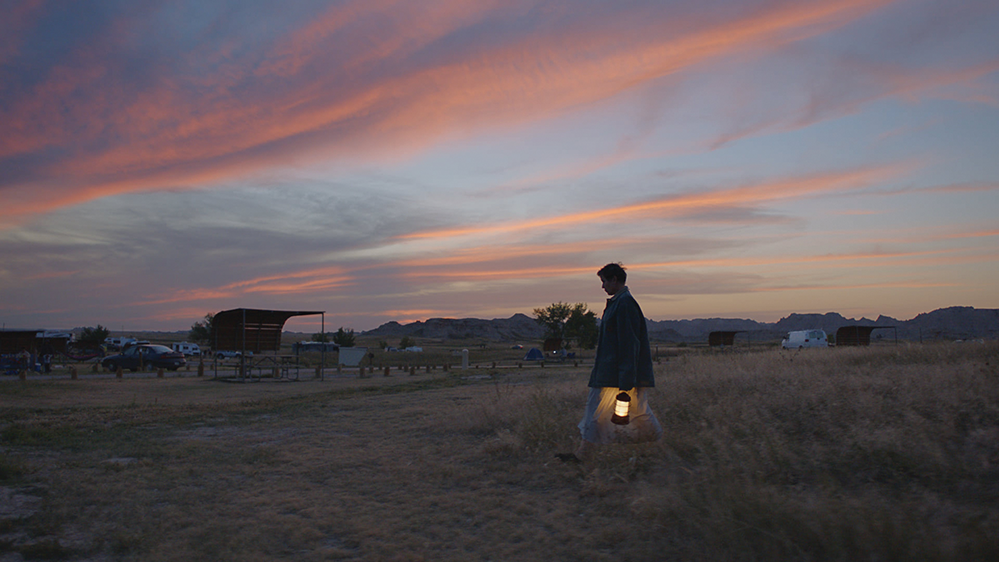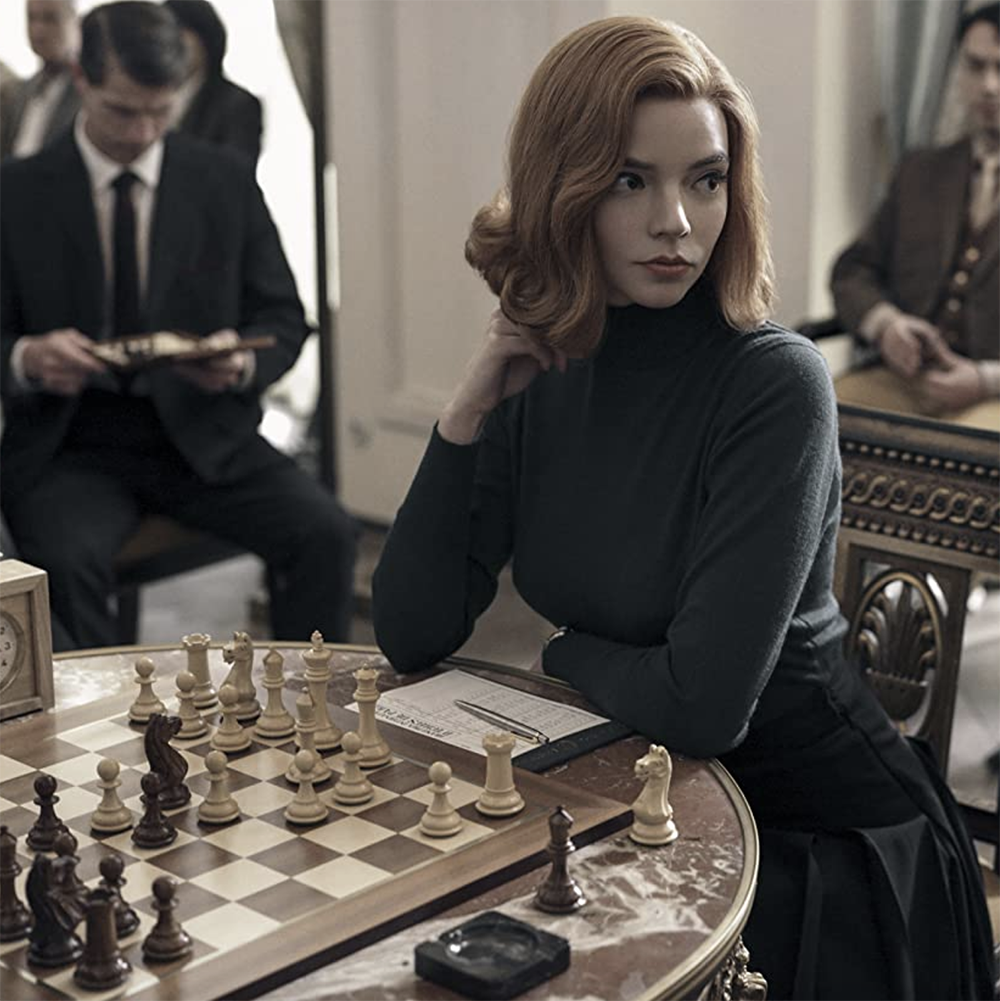★★★★☆
“Tea With the Dames” invites viewers to escape the English rain for the gossip, wisdom and laughter shared in an afternoon chat between four women coming up on 60 years of friendship. The companionship between Dame Judi Dench, Dame Maggie Smith, Dame Eileen Atkins and Dame Joan Plowright has been cemented by 60 years of illustrious acting careers. The candid moments captured on camera and the pithy zingers delivered by the dames compensate well for the film’s slow pace, resulting in a touching and uplifting snapshot of the iconic actresses.
Each actress was appointed by the Most Excellent Order of the British Empire as a dame for her contribution to the performing arts scene. Not only did each of the four win an Olivier award in recognition of excellence in theatre performances, but the home at which they gather is where Plowright and Laurence Olivier, a famous English actor and director, lived while they were married. However, in his documentary, director Roger Mitchell seeks to capture a non-performative glimpse of the stories: The lives beyond the stages and screens where the women have acted.
Mitchell’s direction is unobtrusive, yet the four friends readily critique the film crew from the beginning. While taking photos of the actresses together in the garden in the opening minutes, Smith quickly establishes herself as the dame with the driest humor when she asks an off-camera crew member, “Is this your first day?”
The camera tracks from face to face around Plowright’s dining room table as each actress speaks, just as eager as the viewer to avoid missing a word of the memories they share or refrains of songs from long ago scores. All four concur that Olivier was “tricky” to work alongside, and Smith quips that the only time she saw “stars at the National Theatre” was when Olivier slapped her during a scene they had together.
From the first scene, director of cinematography Eben Bolter combines archival photos with shots taken of the actresses during filming to craft truly multi-layered portraits of the actresses on the screen. The transitions from the teatime conversation to footage excerpted from Dench, Smith, Atkins and Plowright’s extensive play and film credits are complementary rather than disruptive, offering delightful views into both their work and the stories they tell. At one moment, a crew member brings her laptop over to Dench to verify if footage from a play is of her—it is. These inclusions alongside questions to the actresses from behind the camera ensure viewers do not need deep background knowledge of each artist and her work before viewing the documentary, while their candor and humor ensures even longtime fans to be entertained.
Atkins was bored and bought crumpets on her way home from a Vietnam War protest, only to later discover her husband had spent the night locked up alongside other actor friends. Smith admits she has never watched Downton Abbey, even though she owns the boxed set, but tells Dench, “I shall have to hasten, I won’t last long enough to see the wretched thing.” Plowright and Smith complain that Dench “gets all the parts,” while Dench replied with, “Are you sure you want a menopausal dwarf to play this part?” when she was invited to perform the role of Cleopatra for the 1987 play “Antony and Cleopatra.”
At its core, “Tea With the Dames” is a documentary concerned with the challenge of understanding the minds of women who make their livings pretending to be other people.
The four’s self-deprecation slowly reveals that each actress is still afraid to take on big parts. When Mitchell asks the friends if they can talk more about getting old, Dench responds with a quick expletive. This is quickly followed by laughing exchanges about hearing aids, which is sobered by discussion of how individuals can speak to them as if each woman no longer has an individual identity.
At the same time, Mitchell’s openness to include even the minutia of Smith and Dench’s complaints of being unnaturally posed on a chair is a testament to the vulnerability each dame expresses. The documentary feels like footage taken from when cameras were supposed to be off. The Dames were comfortable with the most candid of observations: mutual reflections on the difficulty of marrying fellow actors, how the arrival of children meant delays to career, and the matter-of-fact assertion by Smith that award ceremonies are “for other people who’ve gotten you to where you are. Not for you.” Throughout the film, the unscripted humor and affection that characterizes their trajectories and friendship, and inferably has supported their mutual careers, shines.
The pacing of “Tea With the Dames” could occasionally match all too closely the slow English afternoon of its setting. The title and moments of vulnerability seems to characterize the documentary as a quiet cup of tea with acting greats. But do not be fooled: The quartet’s gleeful eagerness for champagne more appropriately marks the film not as twee warmth, but a zinging celebration that is worth settling in for.









